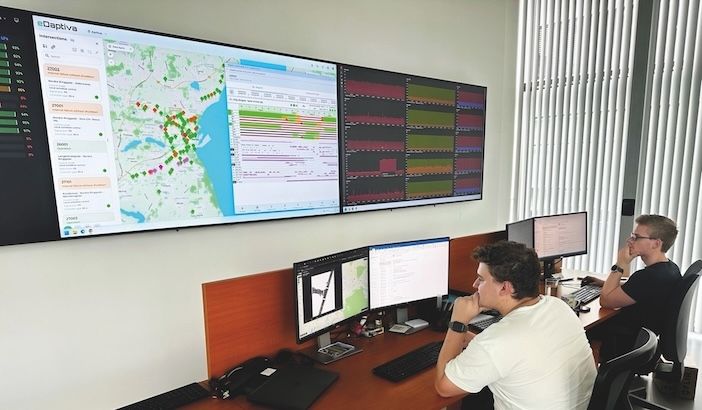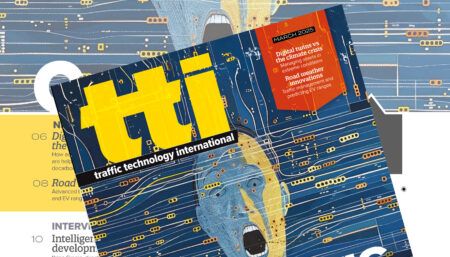At the ITS World Congress in Dubai this week (September 16-20) Cross Zlín (Booth H5-G4) is showcasing its new technology, including eDaptiva software and OCIT-compliant controllers, that help to link up traffic management systems in vendor-agnostic networks. In this case study we take a look at how the technology has been deployed in Aarhus, Denmark, to usher in a new era of open standards and interoperability
Aarhus in Denmark is pioneering the use of open-standard traffic management, paving the way for smarter, more flexible urban mobility
In an era where efficient traffic flow and public transport are critical to urban development and environmental sustainability, Aarhus’s open approach toward traffic control and management is meaningful.
By utilizing open standards and protocols, particularly OCIT (Open Communication Interface for Traffic), Aarhus in Denmark has advanced the way traffic controllers and management systems communicate, fostering a more flexible, innovative, and competitive environment. This open approach plays a crucial role in enabling interoperability between diverse control systems and equipment, which is essential for the efficient management of traffic flow and public transport systems.
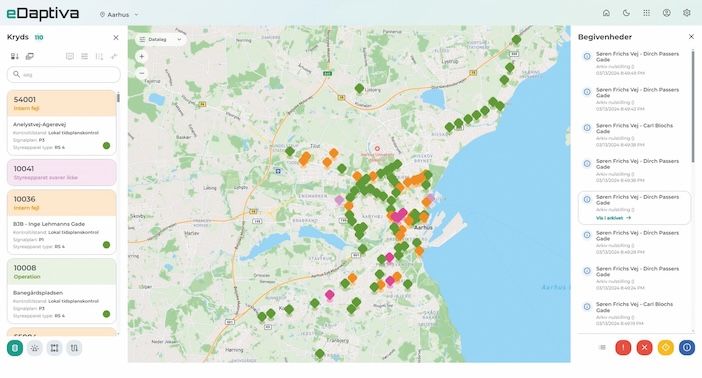
Cross is proud to have contributed to building this environment over the past six years. Through the deployment of open control central software eDaptiva, programming tools and traffic controllers that adhere to open standards, Cross has enabled Aarhus to achieve a level of interoperability that allows for efficient management of its traffic systems without being constrained by vendor lock-in. Notably, the eDaptiva system operates in the cloud, enabling remote management of Aarhus’s traffic from across Europe, making it a unique traffic lights management system.
Cross’s role in Aarhus’s traffic management evolution
Cross has been at the forefront of Aarhus’s traffic management transformation, providing key technologies and expertise that have enabled the city to implement its open approach effectively. The partnership between Cross and Aarhus has been pivotal in reshaping the city’s traffic management landscape.
The eDaptiva software, which has been a cornerstone of Cross’s contribution, has been instrumental in integrating traffic controllers from various manufacturers, significantly enhancing the system’s flexibility and operational responsiveness. By allowing seamless communication between different components of the traffic management system, eDaptiva has enabled Aarhus to create a truly interoperable ecosystem.
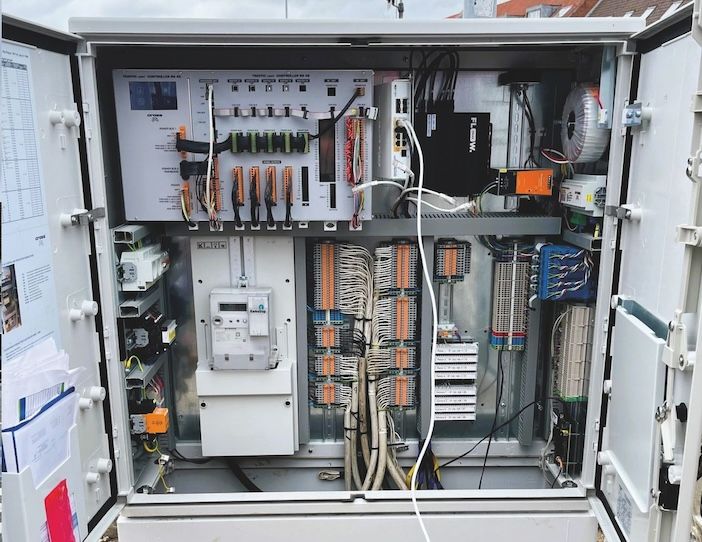
In 2018, Cross signed a contract with Aarhus to supply more than 100 OCIT-compliant Cross RS 4S controllers. These devices have become a key element in advancing the city’s traffic management system. By ensuring compatibility with a wide range of traffic management equipment through its open architecture, these controllers have significantly reduced the city’s dependence on any single vendor, fostering a more competitive and innovative environment.
Thanks to the openness of the system, Cross has enabled the application of new, innovative use cases to be developed under the contract, such as integrating advanced technologies into Aarhus’s traffic management system. Cross’s RS 4S controllers have enabled the integration of AI-powered smart camera or high-end radar technology at critical intersections. This integration allows for real-time adjustments to traffic signaling based on changing conditions for vehicles, cyclists, and pedestrians, such as adapting green light times for slow and fast walkers in real-time, greatly enhancing the efficiency and safety of Aarhus’s roads.
Implemented solutions and their impact
The implementation of open solutions has led to significant achievements in Aarhus’s traffic management. One of the most notable outcomes has been the city’s ability to avoid vendor lock-in. This flexibility not only ensures cost-effectiveness but also allows the city to always use the best available technologies.
Cross’s solutions have also made substantial contributions to enhancing traffic safety in Aarhus. The city has made significant strides in this area by employing smart camera technology integrated with Cross controllers at critical intersections. This integration allows for the gathering of detailed traffic data, which has been crucial for implementing effective safety measures. The ability to collect and analyze comprehensive traffic data has enabled Aarhus to take a more proactive approach to traffic safety, identifying and addressing potential hazards before they lead to accidents. This adaptability significantly improves the efficiency of the city’s traffic management, reducing congestion and improving the overall flow of vehicles and pedestrians.
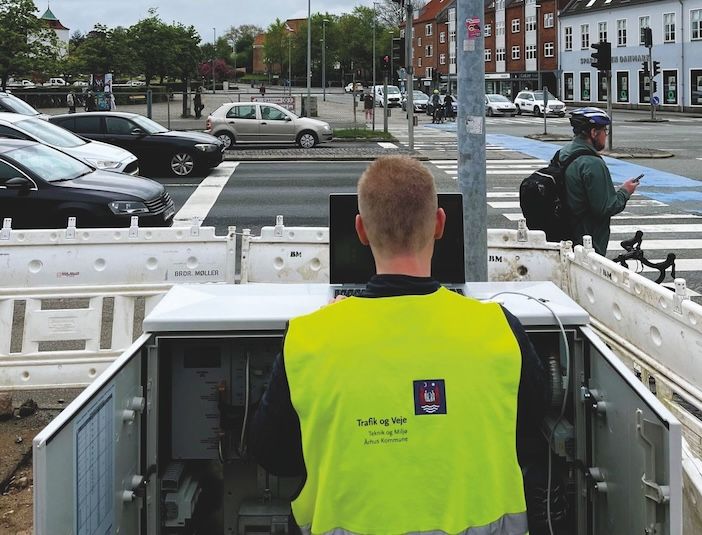
A great example of this adaptability is the prioritization of public transport, where the implemented combination of open systems led to significant time savings for bus routes. During rush hour, the buses on the stretch from Åhavevej to Halmstadgade save between one and three minutes, while outside rush hour, the average journey time is one and a half minutes shorter than before. Other bus lines crossing the ring road have also seen reduced journey times, resulting in fewer delays and improved schedule adherence.
Through its collaboration with Cross and the embracement of open protocols, Aarhus has become a beacon of innovation in traffic management in Demark, illustrating the profound benefits of open standards and collaborative efforts.
“The experience of Aarhus serves as an instructive blueprint for cities worldwide, demonstrating the strategic advantage of fostering open, competitive environments in traffic management”
This approach has not only enhanced the city’s operational efficiency and responsiveness to dynamic traffic conditions but has also propelled it to the forefront of creating a competitive and innovative traffic management ecosystem. Such initiatives have significantly contributed to the city’s smart mobility goals, underlining the pivotal role of open standards.
The experience of Aarhus serves as an instructive blueprint for other cities all around the world, demonstrating the strategic advantage of fostering open, competitive environments in traffic management. The successful integration of various traffic management solutions in Aarhus, powered by the cooperative engagement with Cross, embodies a future where urban mobility is no longer bound by the constraints of proprietary systems. It underscores the potential for other cities to replicate Aarhus’s success, leveraging open protocols and technologies to enhance traffic flow, improve public transport efficiency, and ultimately achieve broader smart city objectives.
This article also appears in the September 2024 edition of TTi magazine


